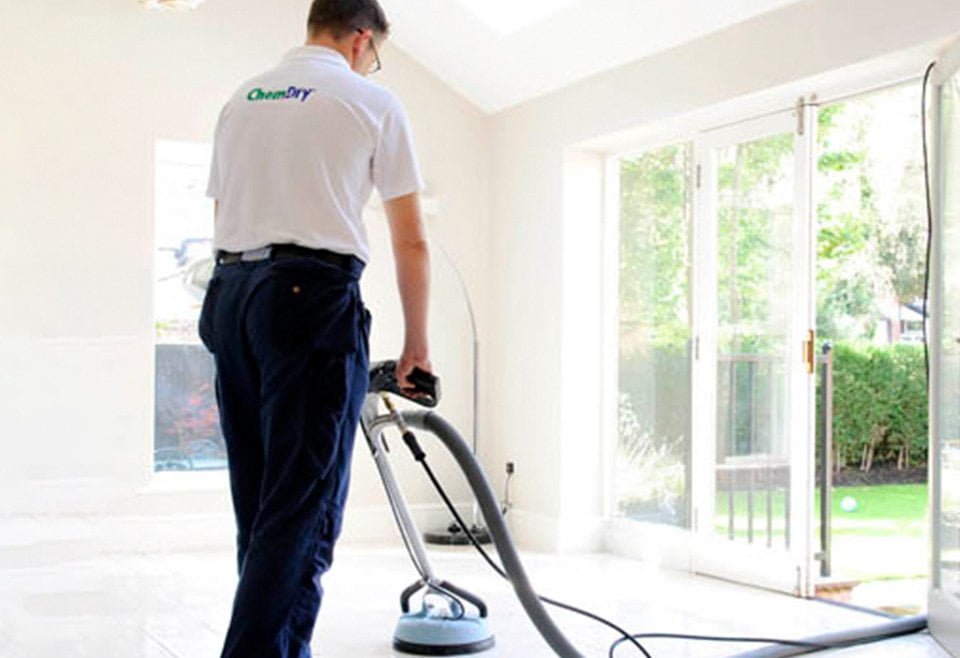Choosing between leather and fabric car seats often comes down to personal preference, comfort, and budget. Both materials have unique qualities that affect not only the look and feel of your car’s interior but also how you maintain and clean them. Proper care can extend the lifespan of your seats and keep your vehicle looking fresh and inviting. Here’s a detailed guide on how to maintain and clean leather and fabric car seats effectively.
Leather Car Seats: Maintenance and Cleaning Tips
Leather seats are prized for their luxurious appearance, durability, and ease of cleaning. However, they require regular upkeep to prevent cracking, fading, and drying out.
1. Regular Cleaning
Dust and dirt can build up on leather seats, so it’s important to wipe them down weekly with a soft microfibre cloth. Use a vacuum cleaner with a soft brush attachment to remove debris from seams and crevices without scratching the leather.
2. Use a Leather Cleaner
For a deeper clean, apply a leather-specific cleaner. These products are designed to clean without stripping the natural oils. Spray or apply the cleaner onto a cloth first, then gently rub the surface in circular motions. Avoid harsh chemicals like ammonia or bleach, which can damage the leather.
3. Condition the Leather
Conditioning is crucial to keep leather soft and supple. After cleaning, use a high-quality leather conditioner to replenish moisture. Apply it evenly and allow it to absorb fully before wiping off any excess. Conditioning every 3-6 months helps prevent cracking and extends the life of the seats.
4. Protect from Sunlight
Leather is susceptible to UV damage, which can cause fading and drying. Use sunshades or park in shaded areas whenever possible. Applying a leather protectant with UV blockers also adds a protective layer against sun damage.
Fabric Car Seats: Maintenance and Cleaning Tips
Fabric seats are comfortable and generally more affordable than leather. They come in various textures and colours but can be more prone to stains and odours.
1. Regular Vacuuming
Vacuum fabric seats weekly to remove dust, dirt, and crumbs that can embed into the fibres. Use attachments to reach into crevices and seams for a thorough clean.
2. Spot Cleaning Stains
For fresh spills, blot immediately with a clean cloth to absorb as much liquid as possible. Avoid rubbing, which can spread the stain. Use a fabric upholstery cleaner or a mild detergent solution (mix water and a small amount of washing-up liquid) to treat stains. Apply with a soft brush or cloth, gently scrubbing the affected area, then blot with a clean, damp cloth.
3. Deep Cleaning
Every few months, deep clean fabric seats using a steam cleaner or upholstery shampooer. This helps remove embedded dirt and odours. Ensure the seats dry completely to avoid mould or mildew build-up.
4. Prevent Odours
Fabric seats can trap odours from food, pets, or smoke. Sprinkle bicarbonate of soda over the seats, let it sit for 15-30 minutes, then vacuum it up to neutralise smells. Use fabric fresheners or odour eliminators as needed.
Final Thoughts
Both leather and fabric car seats require consistent care tailored to their specific needs. Leather seats offer a sleek, premium look and are easier to wipe clean but need conditioning to stay soft and protected from sun damage. Fabric seats provide comfort and a variety of styles but demand frequent vacuuming and stain treatment to maintain their appearance.
By following these maintenance and cleaning tips, you can keep your car’s interior looking pristine and enjoy a comfortable driving experience, no matter which seat material you choose.










